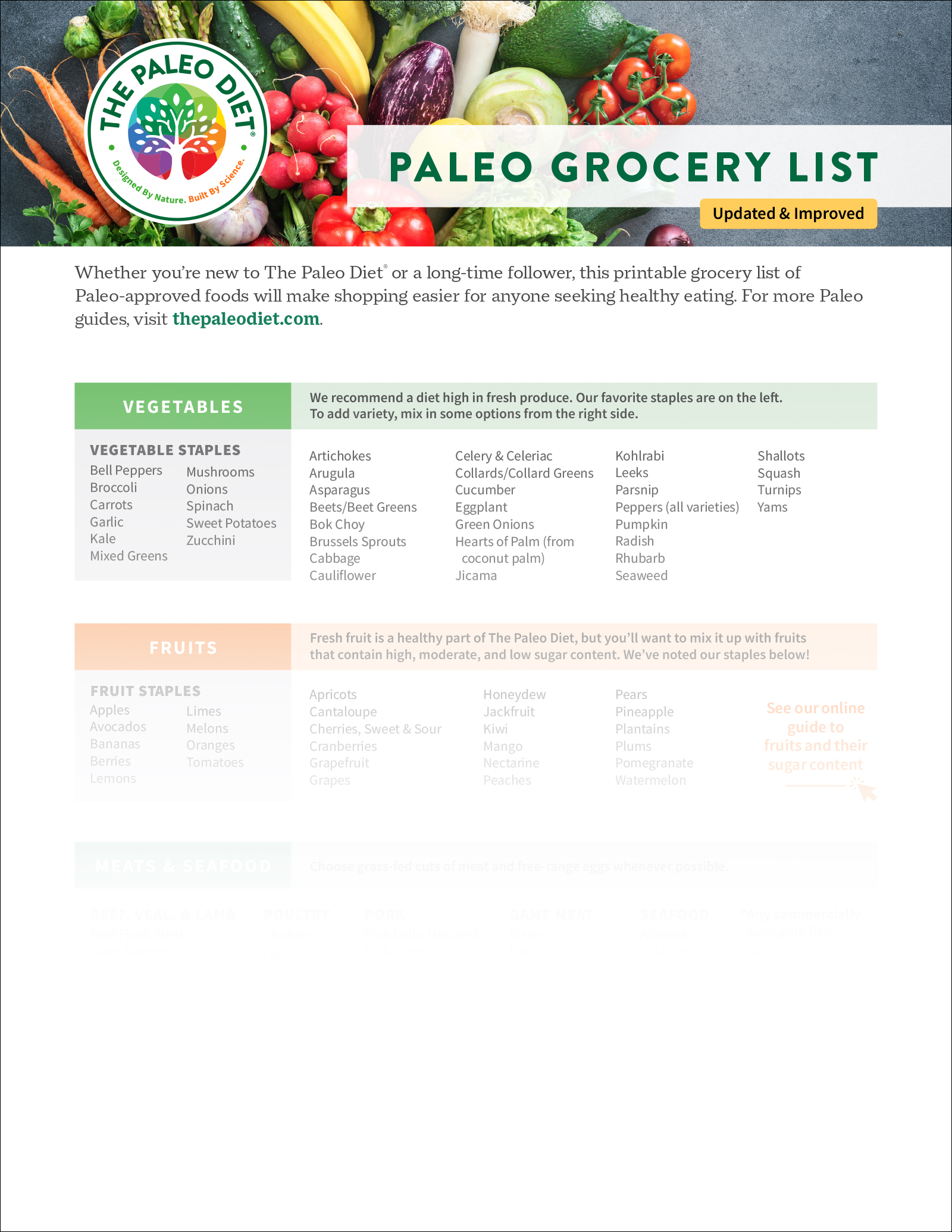The Truth in the Fine Print: What the Ingredients List Tells You—and What It Doesn’t

Before you’re swept up in the front label’s symphony of buzzwords, such as “natural,” “wholesome,” “healthy,” and “superfood,” flip the package over. There, in tiny print, sits the one part of the label marketers don’t control: the ingredients list.
Quiet and unassuming, it’s the legally binding record of what’s actually in the food. And if you know how to read it, it’s one of the most powerful tools a shopper has. However, read too much into it and you’ll be disappointed by what it doesn’t tell you. This often-overlooked list of small text is where food marketers lose their power and reality sets in. However, reading it requires more than just food literacy; it requires fluency.
Start with the basics: Every ingredient is listed in descending order by weight. That means what shows up first is what you are eating more of for this food product. If almond and coconut flour top the list in a snack bar, great. If sugar (or one of its 50 aliases) claims one of the top spots, you’re not holding a healthy food, no matter how many wholesome ingredients are pictured on the box. For ingredients like sugar and sodium, when a product uses multiple types with different names, it can push the recognizable names further down the list, creating the illusion that sugar or sodium plays a minor role even when it doesn’t.
That said, there are ingredients on labels that may sound like artificial chemicals you prefer to avoid. Still, they may be derived from foods and contribute to flavor or food safety. The ingredients list is a starting point, not the whole story. It’s honest, but not necessarily forthcoming.
Allergens: Buyers Beware
For people with food allergies or dietary restrictions, the ingredients list is more than informative, it’s protective. Thanks to federal law, the top nine allergens—including milk, eggs, peanuts, soy, and sesame—must be clearly called out, either in parentheses after the ingredient or in a bold “Contains” statement.
This transparency has saved lives and offered clarity in a marketplace flooded with vague claims. However, food manufacturers are not required to inform shoppers if the food was produced in a facility that uses any of these nine common allergens. If you see phrases like “produced in a facility that also processes [allergen],” the information is provided voluntarily. If you have a life-threatening food allergy, it’s essential to purchase products that are certified allergen-free by a third-party organization, such as MenuTrinfo®.
Deciphering Ingredient Terms
To better understand the ingredients list, it’s best not to make too many assumptions. Here are common misnomers among consumers and the food industry.
Proprietary Blends
Food companies are legally allowed to use generalized terms for proprietary mixtures. Ingredients that make up 2% or less of the total product weight can be listed at the end of the ingredient list, often following a phrase such as “Contains 2% or less of…”
Natural Flavors
Natural flavors sound quaint, like something your grandmother stirred into a stew. It can be the same ingredient from your kitchen cabinet or an ingredient created in a laboratory.
Spices
For single-ingredient spices, the common name, like ground cinnamon, must be declared in order of volume in the product. If a spice is used both as a flavoring and a colorant, it will be listed accordingly. If non-spice components are present in a blended ingredient, they must be individually identified and listed. For instance, though salt is used as a flavor enhancer to season food, it is not a spice, so it must be listed separately.
Where this gets murky is spice blends. Individual spices can be listed by name, or they can be collectively referred to as “spices.” Why? Simplicity; there is only so much room on a package. More likely, it’s a trade-secret shield that keeps competitors in the dark (consumers too).
Sustainability
The ingredients list also won’t tell you whether the food was sourced or processed sustainably. Was the coconut oil sourced from a deforested jungle? Was the chicken raised in an open pasture or confined to a warehouse? Look for USDA Organic certification or third-party logos for this type of clarification.
The Ingredients List as a Tool
Despite its limitations, the ingredients list remains one of the most reliable elements on a package because it’s regulated. It doesn’t sell. It declares. If you can picture the ingredients in your mind, you’re likely looking at real food. If it reads like a chemistry exam, maybe not. A shorter list doesn’t guarantee health, but it usually signals less processing.
In the end, the most essential ingredient in your food isn’t the one listed first or last. It’s the one not listed at all: critical thinking. The power to pause, flip the package over, and question what’s being sold is your most valuable tool.
Kimberly Lord Stewart
Kimberly Lord Stewart is an author, journalist, and culinary expert. Her work highlights the importance of incorporating whole foods into daily diets and emphasizes the connection between food and overall well-being.
More About The Author




